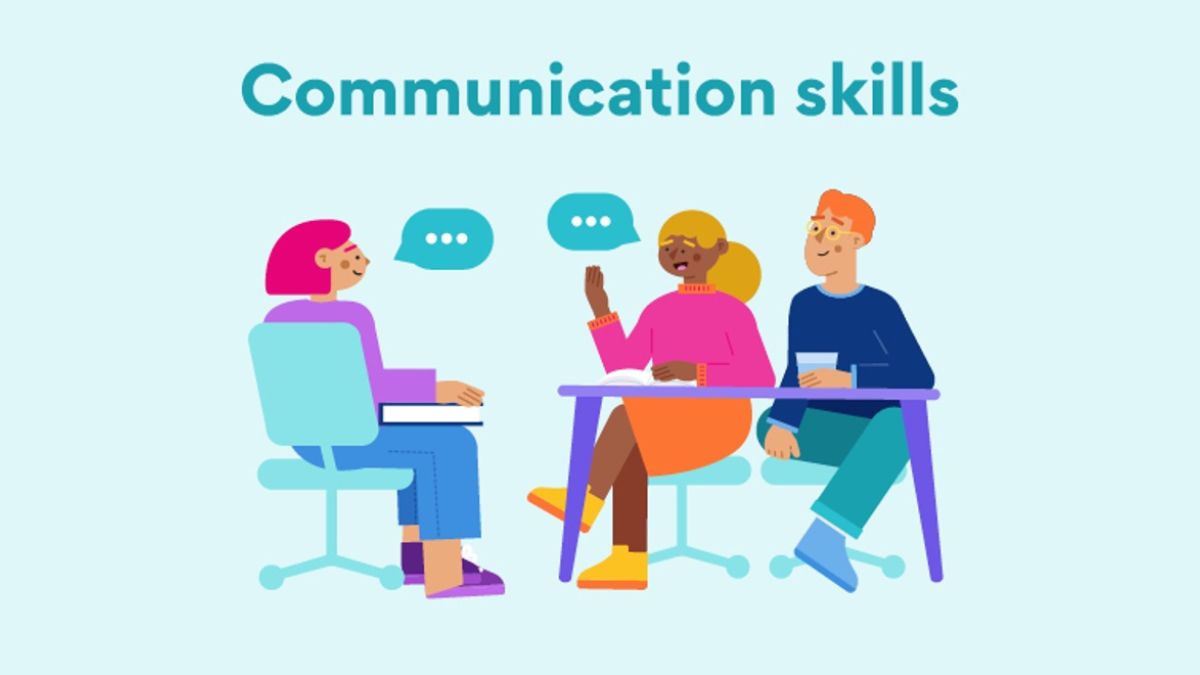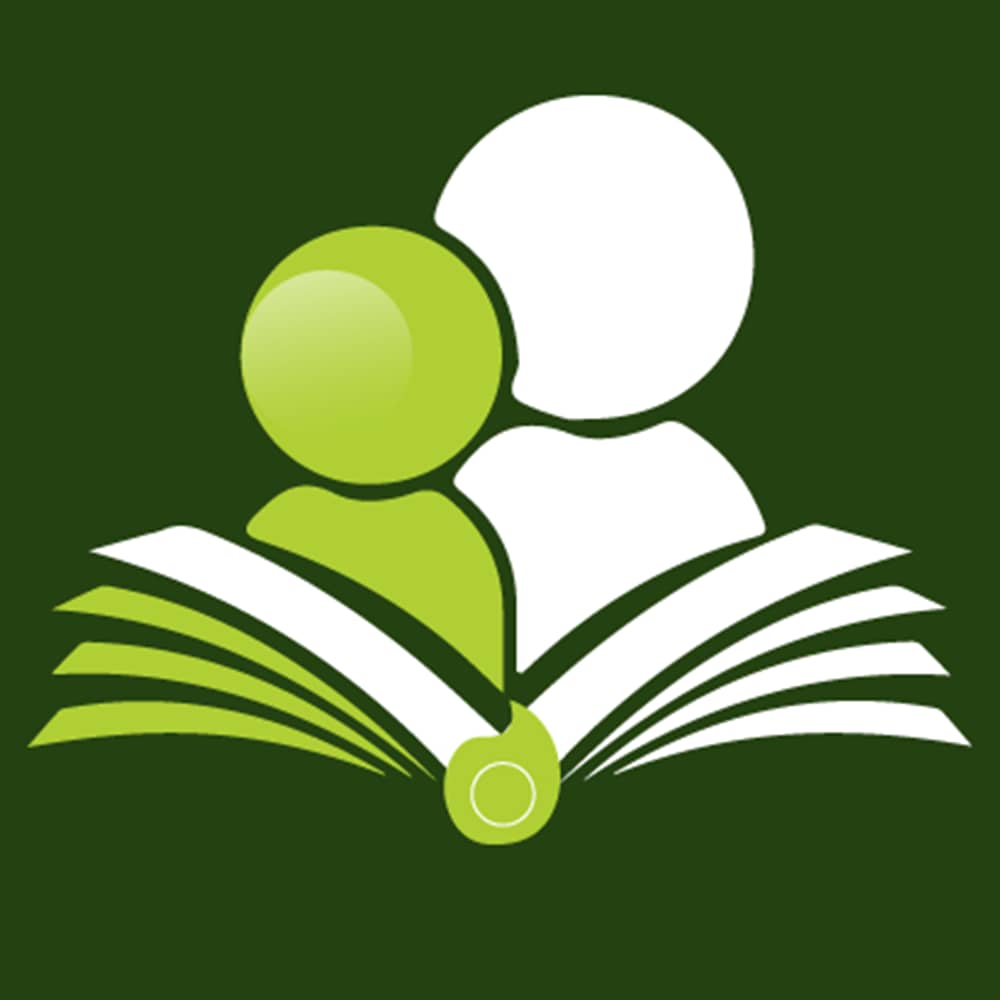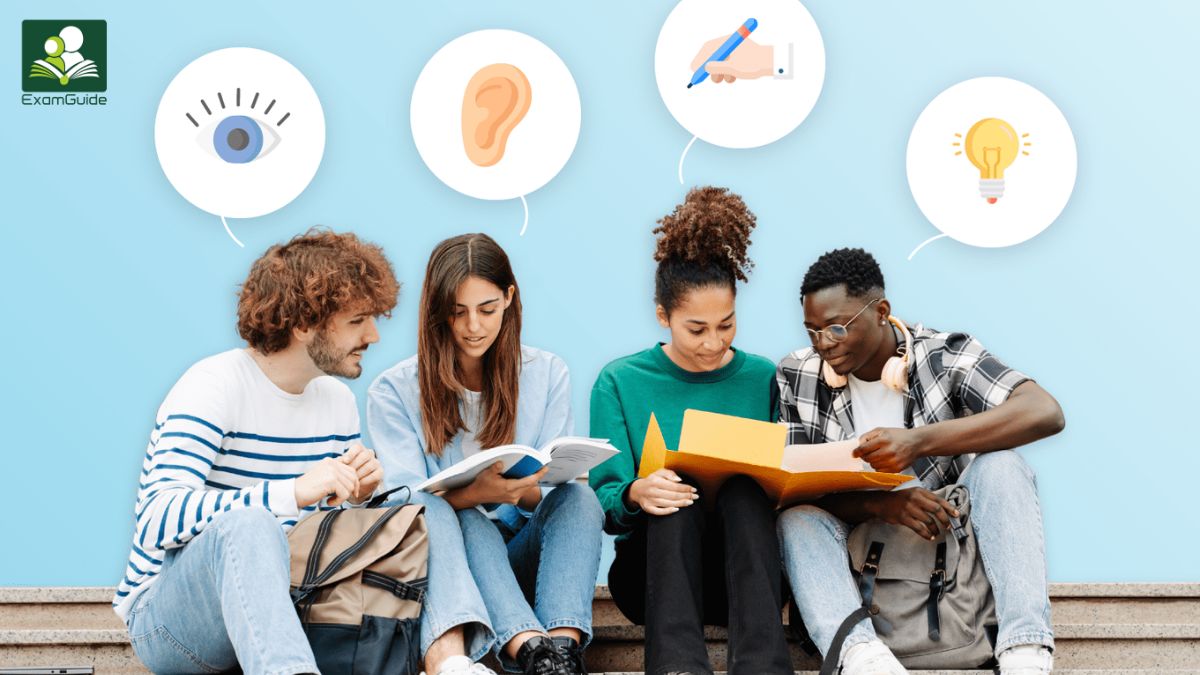
Understanding Different Learning Styles
Understanding different learning styles is crucial for educators, students, and anyone interested in effective learning strategies. Each individual has a unique way of processing information and acquiring knowledge, which can significantly impact their educational experience and overall success.
This article explores the various learning styles, their characteristics, and practical implications for enhancing learning outcomes.
Table of Content
The Importance of Understanding Learning Styles
How Can Students Identify Their Learning Style?
Can Learning Styles Change Over Time?
What Are Learning Styles?
Learning styles refer to the preferred ways in which individuals absorb, process, and retain information. While many theories exist, one of the most widely recognized frameworks is Howard Gardner's Multiple Intelligences theory, which identifies several distinct types of intelligence that correspond to different learning preferences.
Understanding these styles helps tailor educational approaches to meet diverse needs, ultimately improving learning efficacy.
The Major Learning Styles
1. Visual Learners
Characteristics:
- Visual learners prefer to see and observe things. They often benefit from diagrams, charts, graphs, and other visual aids.
- They may have a good sense of direction and can visualize concepts better than they can verbalize them.
Teaching Strategies:
- Use of visual aids such as infographics, videos, and illustrations during lessons.
- Encourage the use of mind maps and charts for summarizing information.
- Incorporate colour-coded notes or highlight important text to enhance memory retention.
2. Auditory Learners
Characteristics:
- Auditory learners learn best through listening and speaking. They often excel in discussions and lectures.
- They may find it easier to remember information presented verbally, such as stories or discussions.
Teaching Strategies:
- Use lectures, discussions, and audio recordings to convey information.
- Encourage group discussions and oral presentations to facilitate learning.
- Suggest listening to podcasts or audio materials related to the subject matter.
3. Kinesthetic Learners
Characteristics:
- Kinesthetic learners prefer hands-on experiences and learn best through physical activity and direct involvement.
- They may struggle with traditional lecture-based learning and thrive in environments where they can engage in experiments or simulations.
Teaching Strategies:
- Incorporate hands-on activities, experiments, and role-playing into lessons.
- Use movement, such as acting out scenarios or using physical objects for demonstrations.
- Encourage outdoor learning experiences or field trips related to the curriculum.
4. Read/Write Learners
Characteristics:
- Read/write learners prefer to engage with text and written materials. They thrive in environments where reading and writing are emphasized.
- They may excel in traditional academic settings that rely heavily on reading and writing assignments.
Teaching Strategies:
- Provide ample reading materials, such as textbooks, articles, and handouts.
- Encourage note-taking and written reflections on lessons.
- Use essays and written reports as assessment tools to gauge understanding.
5. Social (Interpersonal) Learners
Characteristics:
- Social learners prefer to work in groups and engage with others. They thrive in collaborative environments and often enjoy discussing ideas and concepts with peers.
- They may excel in team-based projects and group discussions.
Teaching Strategies:
- Promote group activities and collaborative projects to enhance learning.
- Encourage peer-to-peer teaching and study groups.
- Provide opportunities for discussions, debates, and role-playing exercises.
6. Solitary (Intrapersonal) Learners
Characteristics:
- Solitary learners prefer to study alone and often engage in self-reflection. They may be more introspective and thoughtful in their learning approach.
- They may excel in self-directed learning environments and appreciate independent research.
Teaching Strategies:
- Allow time for individual study and reflection in lessons.
- Encourage self-paced learning opportunities and independent projects.
- Provide resources for self-assessment and self-evaluation.
The Importance of Understanding Learning Styles
- Tailored Instruction: By recognizing different learning styles, educators can tailor their teaching methods to meet the diverse needs of their students. This individualized approach enhances engagement and comprehension.
- Improved Retention: Understanding and utilizing preferred learning styles can lead to better information retention and recall. When students learn in ways that align with their preferences, they are more likely to grasp and remember the material.
- Increased Motivation: When learners engage with materials and methods that resonate with their learning styles, they are often more motivated and enthusiastic about their studies.
- Enhanced Collaboration: Awareness of different learning styles fosters a more inclusive classroom environment, where diverse approaches to learning are respected and valued. This can enhance collaboration among students and encourage peer support.
- Better Assessment: Understanding learning styles allows educators to design assessments that cater to various preferences, ensuring a more comprehensive evaluation of student understanding.
How Can Students Identify Their Learning Style?
Students can identify their learning styles through a combination of self-assessment, observation, and feedback. Here are some effective methods to help students discover their preferred learning style:
- Self-Assessment Quizzes:
- Students can take online quizzes designed to assess learning styles. These quizzes typically present a series of questions that help identify preferences in how individuals learn best.
- Reflecting on Past Experiences:
- Students can think about their previous learning experiences. They should consider how they learn best in different situations, such as in class, while studying, or during hands-on activities. Asking questions like "Do I remember better when I read, listen, or do?" can provide insights.
- Experimentation:
- Students can try different study techniques that align with various learning styles. For example, they can use visual aids, listen to lectures or audiobooks, engage in discussions, or participate in hands-on activities. Tracking which methods yield better understanding and retention can help pinpoint their preferred style.
- Feedback from Teachers or Peers:
- Seeking feedback from teachers, mentors, or classmates can provide valuable insights. They can observe how the student engages with materials and suggest which learning style may be most effective based on their interactions.
- Observing Study Habits:
- Students should pay attention to their study habits and preferences. For instance, do they prefer working in groups or alone? Do they take detailed notes or create visual diagrams? Noticing these tendencies can help in identifying their learning style.
- Analyzing Performance in Different Settings:
- Students can reflect on their performance in different learning environments or subjects. They should consider whether they perform better in practical, hands-on settings or in lecture-based scenarios, which can indicate their learning style.
- Understanding Learning Style Models:
- Familiarizing themselves with various learning style models, such as VARK (Visual, Auditory, Reading/Writing, Kinesthetic), can help students self-identify by aligning their preferences with the characteristics of each style.
By using these methods, students can gain a clearer understanding of their learning preferences, allowing them to tailor their study strategies and enhance their academic performance.
Can Learning Styles Change Over Time?
Yes, learning styles can change over time due to several factors. Here are some reasons why and how these changes may occur:
Experience and Exposure:
As students gain more experience in different educational settings, they may discover new preferences. For example, a student who initially preferred auditory learning may find that they excel in visual learning when exposed to more visual aids and materials.
Maturity and Development:
As individuals mature, their cognitive abilities and learning preferences may evolve. Older students may develop a preference for more independent learning styles or become better at adapting to various styles based on their experiences.
Academic and Professional Environments:
Transitioning to different academic levels (e.g., high school to university) or professional environments can influence learning styles. For instance, a college student may need to adopt more kinesthetic or collaborative learning styles to thrive in group projects or labs.
Changes in Subject Matter:
The subject being studied can also impact learning styles. A student may find that they prefer visual learning for subjects like science, where diagrams and models are crucial while favoring auditory learning for languages or literature.
Personal Interests and Motivations:
Changes in personal interests or motivations can shift learning preferences. A student who develops a passion for art may start using more visual learning methods, while someone drawn to discussions may lean towards auditory styles.
Feedback and Self-Reflection:
Regular self-reflection and feedback can help individuals recognize when their learning preferences may be shifting. Acknowledging what methods work best at different times can lead to adapting learning styles accordingly.
Educational Strategies:
Exposure to different teaching methods and strategies can encourage individuals to adapt and change their learning styles. For instance, a more hands-on approach in certain classes may lead to a preference for kinesthetic learning.
Technological Advancements:
The rise of digital learning tools and resources can also influence learning styles. For example, interactive apps and online platforms may foster visual and kinesthetic learning preferences in students who previously favoured traditional methods.
Challenges of Learning Styles
While understanding learning styles is valuable, it's important to acknowledge some challenges:
- Overgeneralization: People often exhibit a combination of learning styles rather than fitting neatly into one category. Overgeneralizing can limit the effectiveness of educational approaches.
- Flexibility: Relying too heavily on a single learning style may hinder adaptability. Encouraging students to develop skills across multiple styles can enhance their overall learning capacity.
- Research Limitations: Some studies question the effectiveness of tailoring instruction to learning styles, suggesting that it may not significantly improve learning outcomes. Educators should consider various factors, including content and context when designing instructional strategies.
Practical Tips for Implementing Learning Styles in Education
- Conduct Assessments: Use surveys or quizzes to help students identify their learning preferences and styles. This self-awareness can empower them to take control of their learning journey.
- Diversify Teaching Methods: Incorporate a mix of teaching strategies in your lessons to accommodate different learning styles. This could include visual aids, group work, hands-on activities, and individual assignments.
- Encourage Self-Advocacy: Teach students to advocate for their learning preferences. Encourage them to communicate their needs to educators and seek out resources that align with their styles.
- Provide Resources: Offer resources that cater to different learning styles, such as books, videos, podcasts, and interactive online tools. This allows students to explore materials in ways that resonate with them.
- Promote a Growth Mindset: Encourage students to embrace challenges and view learning as a dynamic process. Emphasize the importance of being adaptable and developing skills across various learning styles.
Conclusion
Understanding different learning styles is essential for creating effective educational experiences that cater to diverse learner needs. By recognizing and implementing strategies that align with various styles, educators can enhance engagement, retention, and overall learning outcomes.
While it’s important to be aware of the limitations and challenges associated with learning styles, a balanced approach can lead to a more inclusive and effective learning environment. Emphasizing the importance of self-awareness and adaptability will empower students to thrive in their academic pursuits and beyond.
Frequently Asked Questions
How can visual learners benefit from their learning style?
- Answer: Visual learners benefit from diagrams, charts, videos, and other visual aids, which help them understand and retain information better. Using mind maps and colour-coded notes can also enhance their learning experience.
What strategies are effective for auditory learners?
- Answer: Auditory learners thrive in environments with discussions, lectures, and audio recordings. Strategies such as group discussions, oral presentations, and listening to podcasts can enhance their learning.
What is the best way to engage kinesthetic learners?
- Answer: Kinesthetic learners benefit from hands-on activities, experiments, and movement. Incorporating role-playing, outdoor learning experiences, and interactive activities can help them grasp concepts more effectively.
Why is it important to understand learning styles in education?
- Answer: Understanding learning styles allows educators to tailor instruction to meet diverse student needs, improve retention and motivation, enhance collaboration, and provide better assessment methods.
Are there any challenges associated with learning styles?
- Answer: Yes, some challenges include overgeneralization of learning styles, the need for flexibility in adapting to different styles, and limitations in research that question the effectiveness of tailoring instruction solely based on learning styles.
How can educators implement learning styles in their teaching?
- Answer: Educators can conduct assessments to identify students' learning preferences, diversify teaching methods, encourage self-advocacy, provide varied resources, and promote a growth mindset among students.
Can students have a combination of learning styles?
- Answer: Yes, individuals often exhibit a combination of learning styles rather than fitting neatly into one category. It’s important to recognize and adapt to this complexity in educational settings.
What is the impact of learning styles on academic success?
- Answer: When teaching methods align with students’ learning styles, it can enhance engagement, improve retention, and lead to better academic performance. Tailored instruction allows students to learn more effectively.
What should students do if they struggle to adapt to a particular learning style?
- Answer: Students should seek support from teachers or academic advisors, explore alternative learning strategies, and practice flexibility in their approach to learning to find what works best for them.
Are there specific subjects that align better with certain learning styles?
- Answer: While all subjects can benefit from multiple learning styles, some may naturally align more with specific styles. For instance, visual arts may favour visual learners, while languages may engage auditory learners more effectively.
Is there a relationship between learning styles and intelligence?
- Answer: Learning styles and intelligence are related but distinct concepts. While intelligence refers to cognitive abilities, learning styles pertain to individual preferences in acquiring knowledge. Both can impact educational experiences.
What should students keep in mind when learning across different styles?
- Answer: Students should remain open-minded, experiment with various learning strategies, and be willing to adapt their approaches to maximize their understanding and retention of information.
No comment found
Related Posts
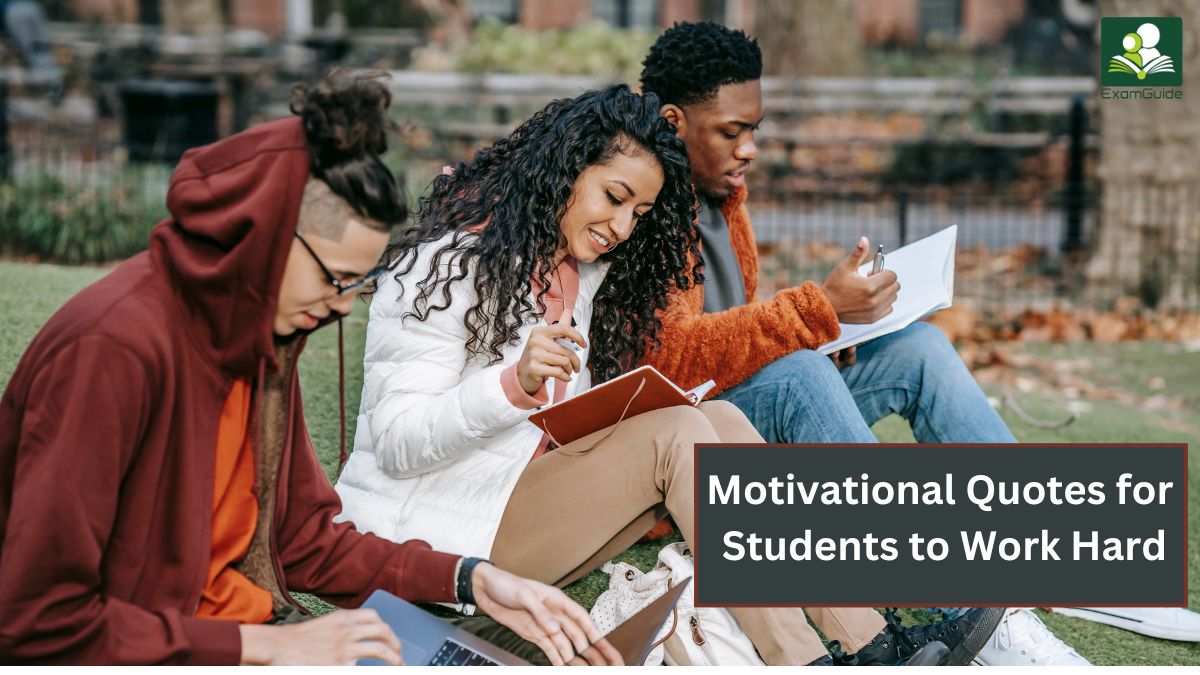
Top 20 Motivational Quotes for Students to Work Hard
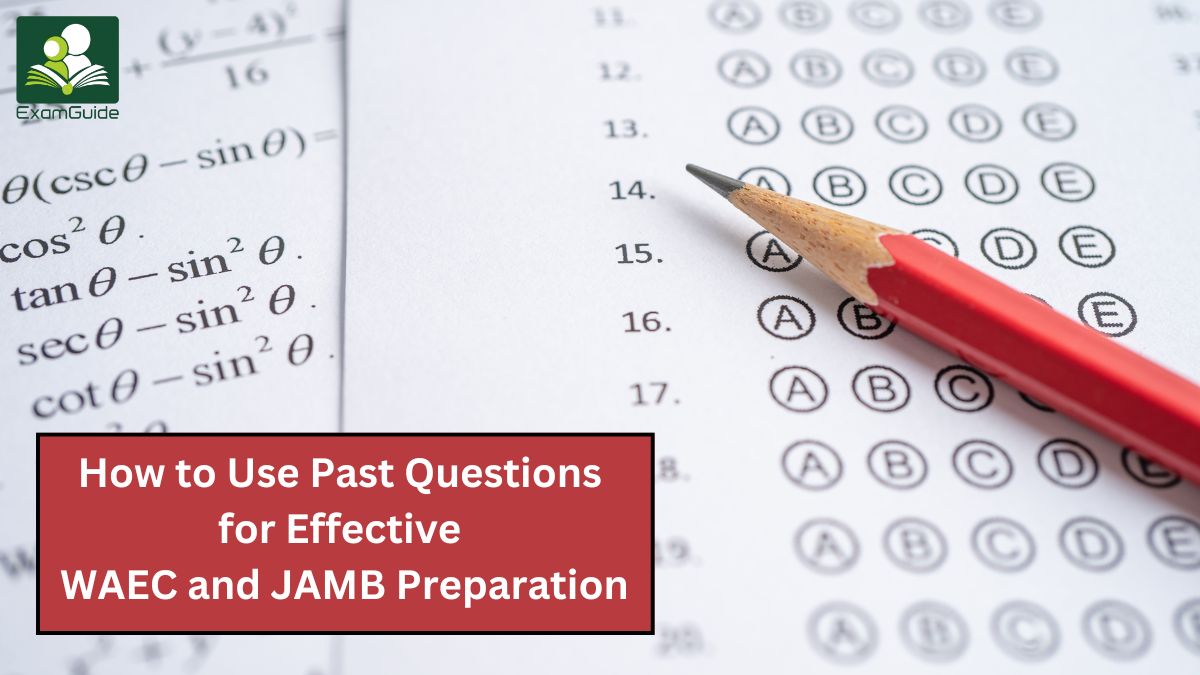
How to Use Past Questions for Effective WAEC and JAMB Preparation

Language barriers in Nigerian Education and how to Overcome them

How to Excel in Mathematics: Tips for Nigerian Students
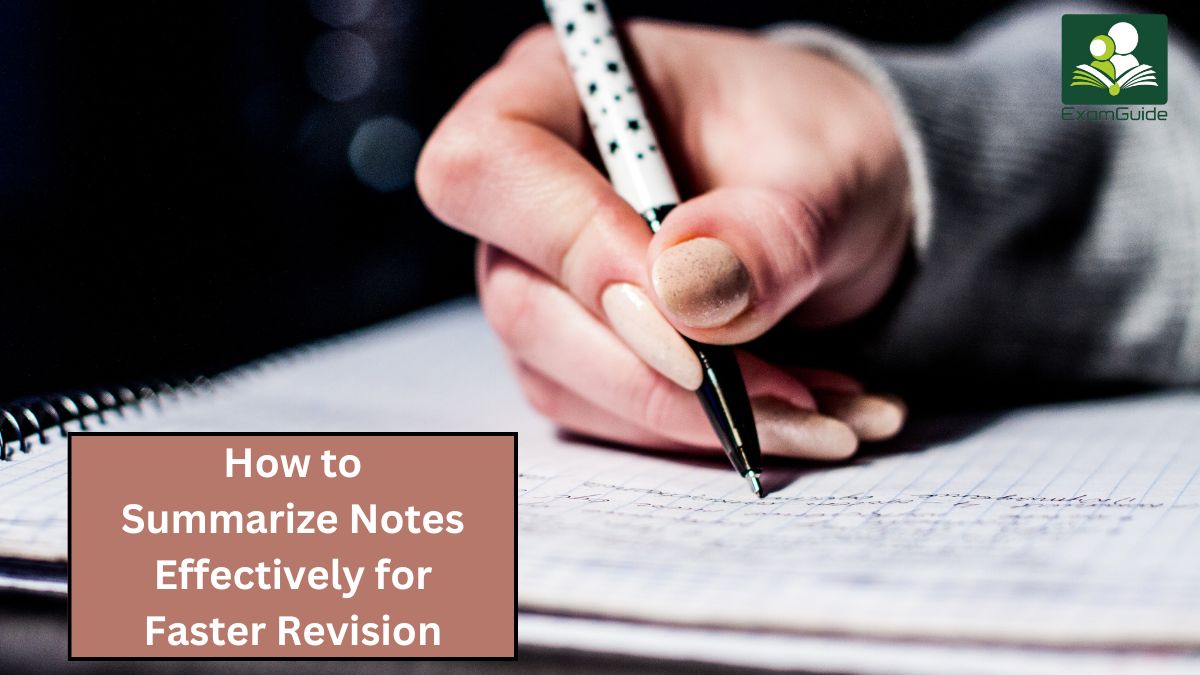
How to Summarize Notes Effectively for Faster Revision
